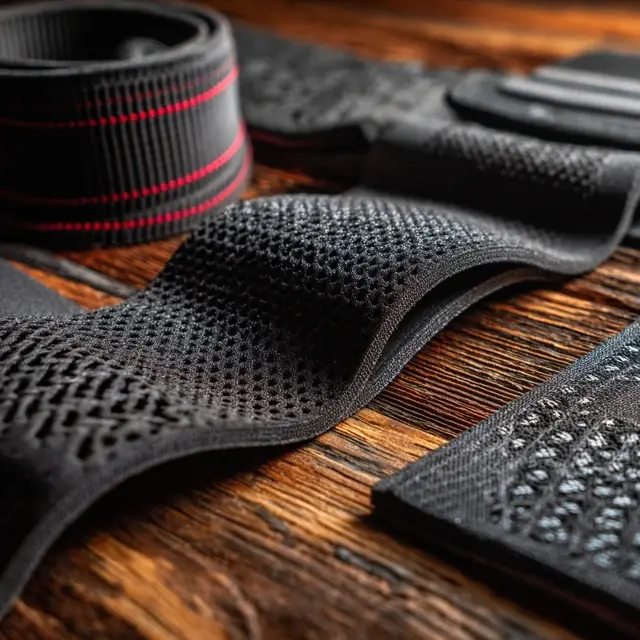What to Look For When Buying a Running Belt for Comfort
Every runner knows the difference between a run that feels effortless and one where gear gets in the way. A running belt should enhance your comfort, not create new distractions. By focusing on materials, fit, and thoughtful design, you can find a belt that feels almost invisible while keeping essentials secure.
Why Comfort Matters
Comfort impacts performance and consistency. An uncomfortable belt can cause chafing, bounce, or even force you to cut runs short. A comfortable belt, on the other hand, allows you to stay focused and motivated.
Step 1: Prioritize Soft, Breathable Materials
Materials directly affect how a running belt feels against your skin. Look for:
- Moisture-wicking fabrics: Prevent sweat buildup and skin irritation.
- Neoprene or elastic blends: Provide softness and stretch for better movement.
- Seamless interiors: Reduce friction and eliminate hot spots during longer runs.
Step 2: Focus on the Fit
Comfort depends on how well the belt fits your body. Consider:
- Adjustable straps: Allow for a personalized fit across waist and hip placements.
- Stretch-fit designs: Hug the body without digging in.
- Proper sizing: Always check brand-specific size charts for accuracy.
Step 3: Minimize Bounce
A bouncing belt is one of the biggest comfort killers. To avoid this:
- Look for compression-style belts that hold items flat against the body.
- Distribute weight evenly by using multiple compartments.
- Test stability by jogging in place with essentials inside.
Step 4: Consider Accessibility
Comfort isn’t just about feel—it’s also about ease of use. Pockets should be intuitive to access without interrupting your stride. Quick-entry slots or angled zippers are especially useful.
Step 5: Think About Seasonal Comfort
Your belt should adapt to the seasons:
- Summer runs: Lightweight, breathable designs reduce overheating.
- Winter runs: Adjustable belts fit over layers without squeezing.
Additional Comfort Features
- Wide waistbands: Distribute pressure evenly for long-distance comfort.
- Flat seams: Prevent irritation in sensitive areas.
- Reflective strips: Add peace of mind when running in low light.
Conclusion
When buying a running belt for comfort, focus on soft fabrics, proper fit, bounce-free design, and easy accessibility. The right belt should feel like part of your running gear, not a distraction. With comfort prioritized, you’ll enjoy smoother, longer, and more enjoyable runs.
For more tips, check out our gear guides for endurance runners and comfort-first fitness accessories.




